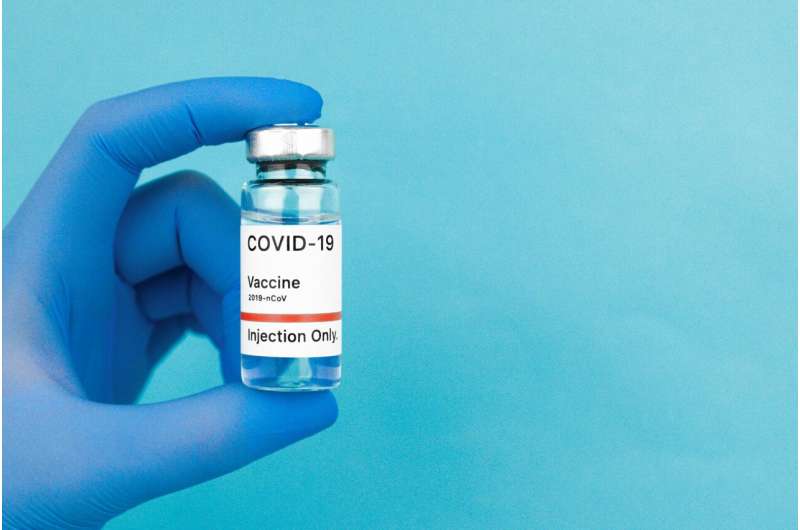New Insights into Lung Healing: PAR1 Protein Facilitates Lymphatic Vessel Adaptation for Improved Fluid Clearance

New research reveals how PAR1 protein enables lung lymphatic vessels to adapt during injury, improving fluid clearance and aiding recovery. These insights could lead to targeted therapies for lung injuries.
Recent research from Weill Cornell Medicine has unveiled a crucial role of the PAR1 protein in lung recovery after injury. When the lungs are damaged due to infection, toxins, or trauma, fluid can accumulate, impairing breathing and overall lung function. The body's natural response involves the lymphatic system, a network tasked with managing fluid levels and immune responses. However, until now, the precise mechanisms that enable lymphatic vessels to enhance their function during lung healing remained unclear.
The study demonstrated that PAR1 triggers significant changes in the structure of lymphatic endothelial cells lining the lung vessels. These cells form specific junctions—identified as buttons and zippers—that regulate fluid and immune cell movement. Upon lung injury, ZIPPER junctions transform into BUTTON junctions, increasing vessel permeability. This transformation allows lymphatic vessels to absorb more fluid and immune cells, facilitating effective clearance of inflammation. Importantly, the absence of PAR1 prevents this switch, leading to sluggish fluid drainage and prolonged inflammation.
Using mouse models, researchers observed that injury prompts endothelial cell junctions to change from zipper-like tight seals to button-like gaps. This process is mediated by biochemical signals initiated by PAR1 activation. When PAR1 function is disrupted, lymphatic vessels remain in zipper mode, reducing their ability to clear excess fluid and immune cells efficiently. This discovery highlights the significance of junction plasticity in lymphatic vessel function during lung healing.
The findings have profound implications for developing therapies targeting PAR1. Given that drugs inhibiting PAR1 are being explored for cardiovascular and cancer treatments, understanding its role in lymphatic vessels is essential. Broadly blocking PAR1 might inadvertently impair the lung's natural healing processes by hindering lymphatic fluid clearance. Future research aims to develop strategies that selectively target PAR1 on blood vessels while preserving its beneficial effects on lymphatics, potentially improving outcomes in inflammatory lung diseases.
This research advances our understanding of how lung lymphatics adapt during injury and recovery, opening new avenues for targeted therapies to enhance lung healing and treat severe lung injuries more effectively.
Stay Updated with Mia's Feed
Get the latest health & wellness insights delivered straight to your inbox.
Related Articles
FDA Limits Access to Updated COVID Vaccines Amid Regulatory Changes
The FDA has approved updated COVID-19 vaccines for this season but has restricted eligibility, raising concerns about potential increases in COVID-19 cases and tensions over vaccine policies.
Global Variations in End-of-Life Care for ALS Patients: A Cross-Cultural Perspective
A cross-cultural study reveals significant international differences in how physicians approach life support decisions for ALS patients, influenced by cultural norms and healthcare systems. Learn about the diverse ethical and practical considerations shaping end-of-life care worldwide.
Understanding the Impact of Fungal Infections on Lung and Gut Microbiomes
New research reveals how mold infections like Aspergillus fumigatus disrupt lung and gut microbiomes, influencing disease progression and treatment strategies. Explore the interconnected effects of fungi on microbial balance and systemic health.



